Summer hands-on learning opportunity
Gandhiji’s advice that education must teach children to work with their heads, hearts and hands has been almost totally ignored by the omniscient framers of post-independence India’s education policies. However, it’s not too late to teach generation next to adopt a DIY (do-it-yourself) culture starting this summer vacation writes Khushboo Nehaal Jashnani, Mini P. & Cynthia John
A mong all major countries with industrial aspirations, India has the worst DIY (do-it-yourself) culture. While most American, German, and European households are equipped with a garage or basement bristling with tools such as drills, workbenches, an array of spanners for men — and increasingly women — to fix motor cars, motor bikes, leaky kitchen sinks, roofs and electrical wiring and Japanese menfolk spend hours in designing meticulous rock gardens using an array of sophisticated tools, this DIY culture is almost totally absent in Indian society.
Perhaps because of the iniquities of the Hindu caste system, and the easy availability of cheap labour, it’s rare for middle class men to be able to repair a minor car engine or a domestic electrical circuit fault. Gandhiji’s advice that education must teach children to work with their heads, hearts and hands has been almost totally ignored by the omniscient framers of post-independence India’s education policies. However, it’s not too late to teach generation next to adopt a DIY (do-it-yourself) culture starting this summer vacation.
In our March issue on the eve of summer holidays, we featured a cover story recommending some enjoyable, enriching summer activity options for children. They included a variety of summer camp options such as robotics classes, outdoor nature tours, and college readiness programmes. This month, we present Part II of recommended summer activityoptions — DIY activities — enabling children to learn with their hands.
 “When children engage in constructive, meaningful DIY activities, they learn new skills by doing. Moreover, the thrill of doing an enjoyable activity releases dopamine-like neurotransmitters in the brain resulting in uplifting emotions. Also engaging in hands-on learning activities is a good distraction and alternative to digital gadgets. My advice to parents is to convert children’s DIY activities into family bonding sessions,” says Dr. Anju Soni, psychologist and mental health counsellor, Chennai National Hospital.
“When children engage in constructive, meaningful DIY activities, they learn new skills by doing. Moreover, the thrill of doing an enjoyable activity releases dopamine-like neurotransmitters in the brain resulting in uplifting emotions. Also engaging in hands-on learning activities is a good distraction and alternative to digital gadgets. My advice to parents is to convert children’s DIY activities into family bonding sessions,” says Dr. Anju Soni, psychologist and mental health counsellor, Chennai National Hospital.
Somewhat belatedly, the National Education Policy (NEP) 2020 makes a strong case for teaching children vocational skills and art and crafts from their primary years. It recommends that every student “take a fun course, during grades VI-VIII that gives a survey and hands-on experience of a sampling of important vocational crafts, such as carpentry, electric work, metal work, gardening, pottery making, etc… All students will participate in a 10-day bagless period sometime during grades VI-VIII where they intern with local vocational experts such as carpenters, gardeners, potters, artists, etc”.
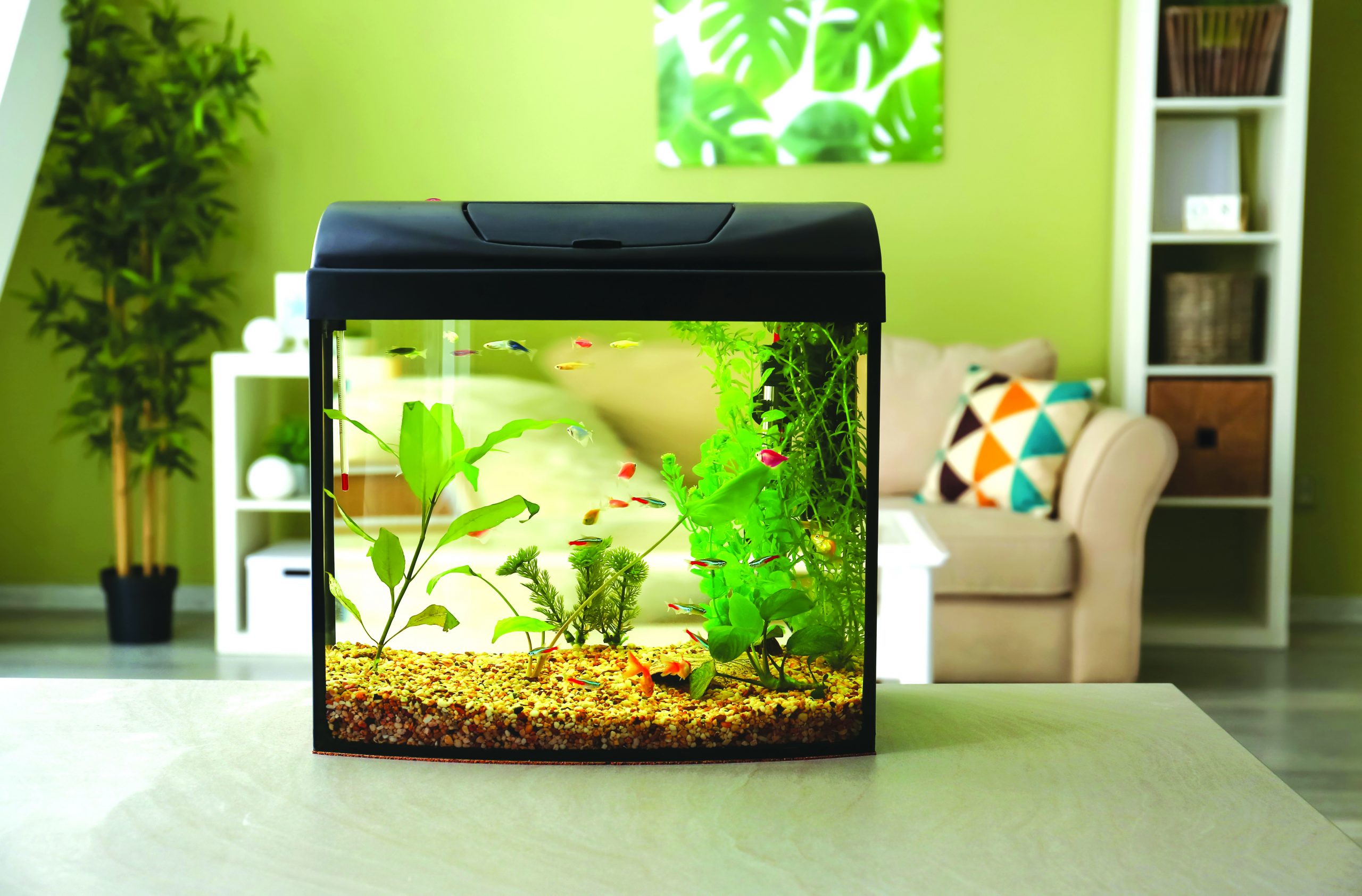 Moreover reflecting a change in the official mindset, even before NEP 2020 was released, in 2016 NITI Aayog — the Central government’s think tank — launched its Atal Tinkering Labs project. Under this scheme, NITI Aayog promises to fund tinkering labs in schools which allocate 1,500 sq. ft. of builtup area and allocate a grant of Rs.10 lakh for establishment plus operational expenses of Rs.10 lakh to provide educational kits and equipment including electronics, science, robotics sensors, 3D printers etc, for children to “tinker” with. Thus far, over 10,000 ATLs have been established in schools countrywide under NITI Aayog’s AIM (Atal Innovation Mission). School managements are requested to keep these ATLs open for children to access during the summer holidays.
Moreover reflecting a change in the official mindset, even before NEP 2020 was released, in 2016 NITI Aayog — the Central government’s think tank — launched its Atal Tinkering Labs project. Under this scheme, NITI Aayog promises to fund tinkering labs in schools which allocate 1,500 sq. ft. of builtup area and allocate a grant of Rs.10 lakh for establishment plus operational expenses of Rs.10 lakh to provide educational kits and equipment including electronics, science, robotics sensors, 3D printers etc, for children to “tinker” with. Thus far, over 10,000 ATLs have been established in schools countrywide under NITI Aayog’s AIM (Atal Innovation Mission). School managements are requested to keep these ATLs open for children to access during the summer holidays.
In this specially curated cover story, the PW editorial team presents several creative summer DIY activity options for children to develop useful skills during the long, hot summer vacation.
Build an aquarium
Arjun A.K, a Bengaluru-based nature-lover and co-founder of Ecolyst India, which promotes eco-friendly products, provides good advice on setting up a home aquarium. “This is an exciting DIY activity for children who are fascinated by marine life. It’s also a calming, purposeful family bonding activity in which parents and children can jointly participate,” says Arjun.
Choose your fish. While selecting fish species, many people tend to opt for the visually attractive ones. Encourage children to do online research keeping these factors in mind:
- Do the fish eat other fish/ their own babies?
- How big will the fish grow? Is their size suited to your water tank?
- What is their life cycle?
- How often do they need to be fed?
When you visit an aquarium store, encourage children to ask questions based on their research and select the most suitable fish species. In addition, you can also buy lobsters, crabs and other marine creatures. But again, research before mixing different species.
Choose your tank. After selecting the fish species, you need to choose a tank which will accommodate them comfortably. Buy a sturdy aquarium stand. Choose a spot in the house which isn’t exposed to too much direct sunlight. Keeping a tank near the window where there’s direct sunlight can result in excess growth of algae. For some fish, it’s important to maintain a consistent water temperature, so a place indoors near a wall is ideal.
Choose stones, gravel or sand to place in the bottom of the aquarium. Artificial or live plants can also be placed inside. Buy a water filter and pump to suit your aquarium tank.
Settling in the fish. Don’t put all the different fish species in together. Getting fish settled takes time. After setting up the aquarium and filling it with clean water, transfer the first set of fish using a fish net. Avoid using the water that the fish came in with, to avoid contaminants and insects such as snails. Ask the pet store owner to advise children on the best water to use, food to give, water temperature to maintain, and behaviour and preferences of each fish species.
After settling in one batch of fish, introduce the next variety. Bigger fish might eat smaller ones, so exercise caution.
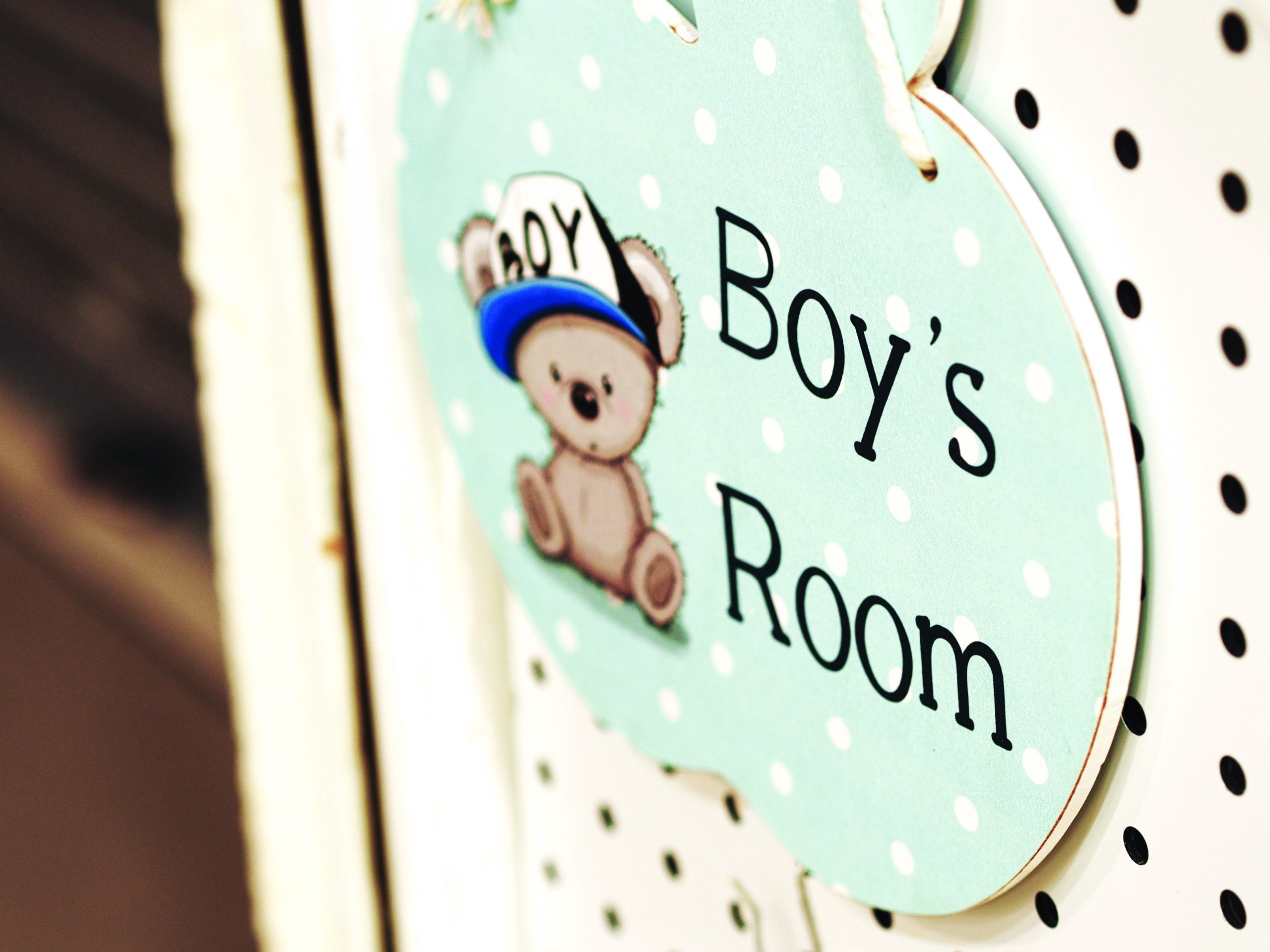 Home décor: Create a name board
Home décor: Create a name board
Engaging children in purposeful art and craft activities is an excellent way to develop their fine motor skills, unleash their creativity, boost self-confidence and most importantly teach them to learn-by-doing. Here’s an enjoyable DIY activity — creating a name board for the house — which children can try out this summer.
Process
- Buy an MDF board or piece of plywood to use as a base.
- Buy readymade alphabets in craft shops/online or make your own. Choose an attractive font and print out the names you want in the right size
- Place the printout on a sheet of hard thermacol and use a craft cutter to carefully cut out the alphabets.
- Prepare the board by coating it with fevicol diluted with water. Now, apply two coats of white paint, allowing sufficient drying time in between.
- Buy small metal or other embellishments or make your own.
- Paint the cut-out letters and place them on the cardboard. Arrange the embellishments till you have an attractive composition. It could be your parents’ names, your names or even a motivational quote.
- Now paste the letters and embellishments on the cardboard.
- Attach a hanger to the back of the cardboard or drill a small hole. Fix on the wall.
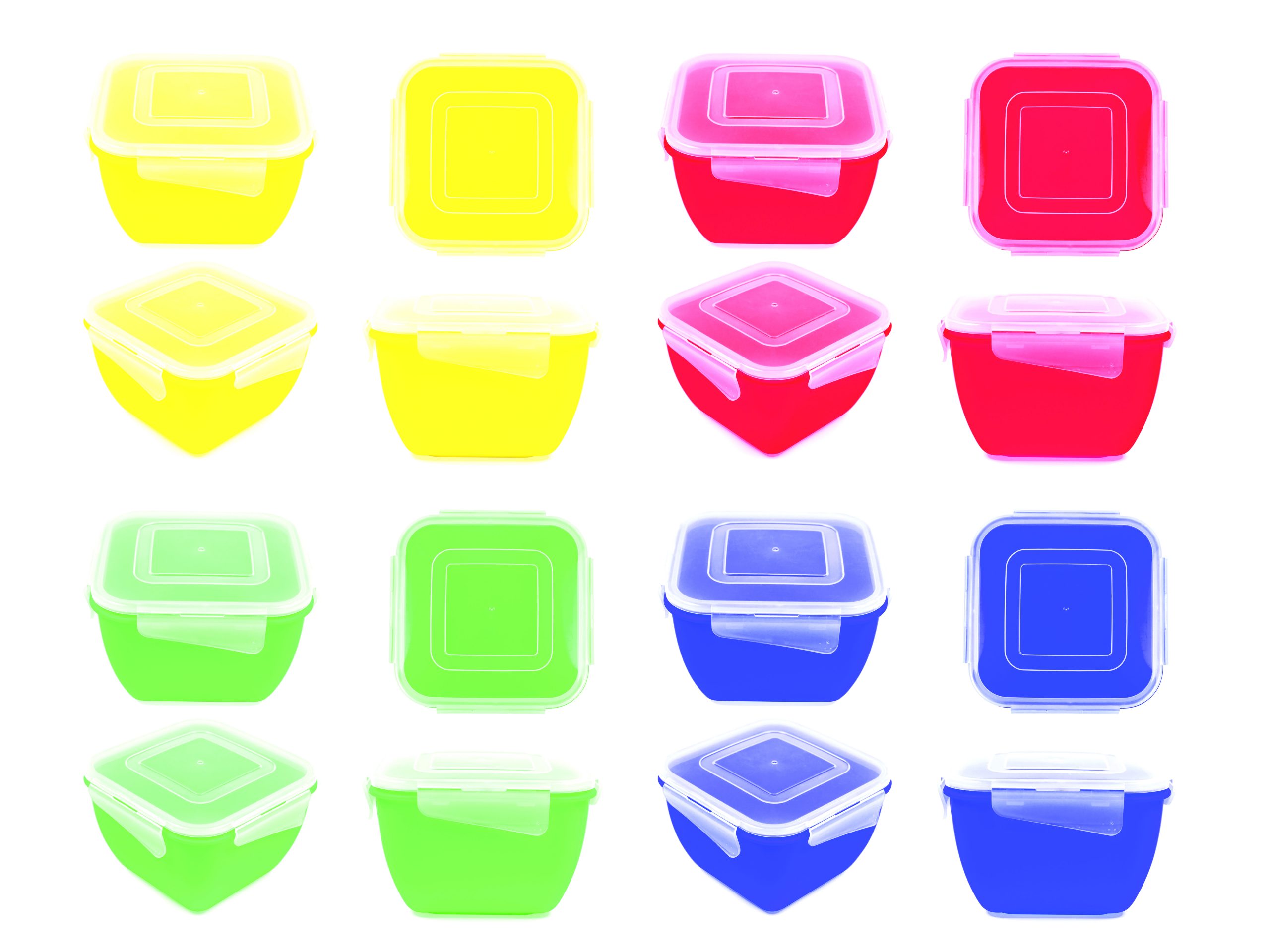 Create an ‘upskilling’ game
Create an ‘upskilling’ game
A common complaint of parents is that children spend most of their summer holidays glued to digital gadgets — playing online games or browsing social media. This summer, encourage children to invent creative games which will enable them to learn a new skill. Here are some suggestions to create an ‘upskilling game’.
Process
- Designate children as creators and organisers of these games.
- Write down ten skills your family would love to learn. For example, drawing doodles, cooking, improving your aim to get better at shooting games, etc.
- Next create interesting challenges. For example, set up a pyramid of 10 paper cups and set a target to knock at least five, using a ball from a distance of 4 ft. Or, draw a picture of your family in 3 minutes. Or, use all the fruits on the table, and make an appetising dessert in seven minutes.
- Write every challenge on a piece of paper and put them into different boxes. Hide the boxes. Ask family members to search for the boxes. Whoever finds a box will undertake the challenge.
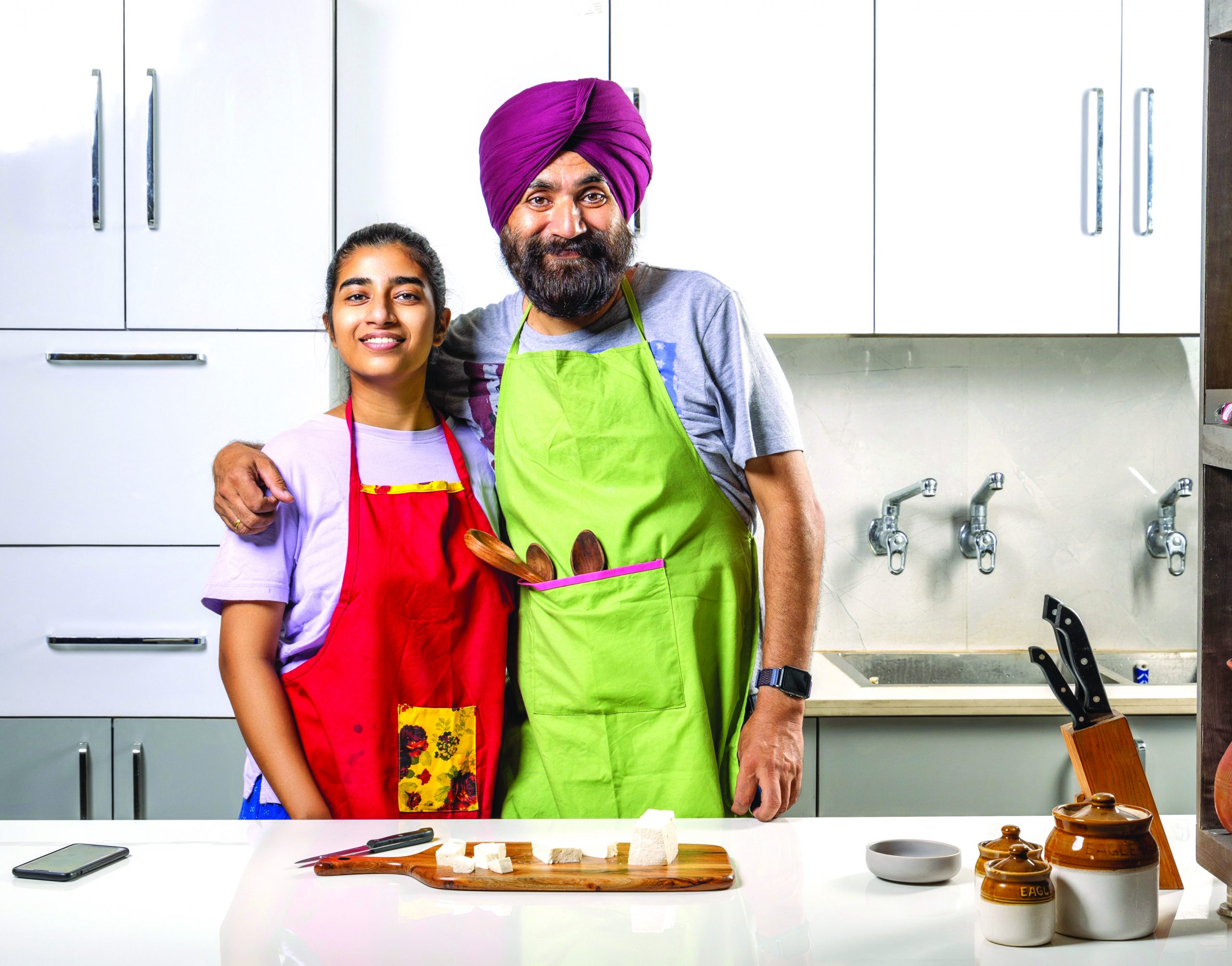 Learn to cook
Learn to cook
Introducing children to the culinary arts is a valuable DIY activity, and summer holidays are the perfect time to get them to learn this life skill that’s certain to stand them in good stead in adult life. Moreover, parent-child cook-outs promote family bonding and offer a great opportunity to educate children about healthy nutrition.
“The summer holidays are a good time to teach children elementary cooking. It’s an important life skill which will also teach them to appreciate the importance of healthy, nutritious, homemade food,” says Vandana Prakash, co-owner, Gurukripa Snacks, Bengaluru. Prakash recommends children to try the following simple Indian summer coolers which provide essential nutrients and keep the body hydrated in summer.
Try a homecation
You’ve heard of staycation but what about a homecation? A homecation is a vacation spent at home. Many parents aren’t able to take time off from work and/or may have other work commitments. For them, a holiday-like experience at home i.e, a homecation is the best option. Some suggestions for an enjoyable homecation:
Declutter. To create a hotel-like atmosphere, declutter your house and transform at least one room into a luxury hotel suite.
Follow the scent. Place flowers around the house. Buy scented potpourri or essential oils or perfumed candles and position them at home.
New activities. Plan vacation activities. Do yoga exercises on the lawn or balcony. Go to the park for a walk. Play indoor games such as carrom, chess, table tennis.
Sleep in luxury. Install hotel-style blackout curtains in bedrooms. Follow a holiday-like schedule — take leisurely baths, drink green tea, light candles, read books — before afternoon naps and before bed time.
Rustle up exotic meals. Use cookbooks or the Internet to rustle up exotic meals. Or order meals the children love.
Recreation. Search out and play games invented in different parts of the world. Mahjong in China, boules in France, etc.
Take a virtual tour. Sign up for a virtual tour of a historical place/museum the family always wanted to visit. Google’s Arts and Culture project has digitised hundreds of collections and online tours at museums around the world, including of India.
Special event. Hire a screen/projector to watch a special movie. Or, invite a magician for a special performance at home. Arrange something out of the ordinary for a special experience.
Sherbet
This typically Indian drink contains many essential minerals such as calcium, sodium, magnesium, sulphur, phosphorus, and potassium.
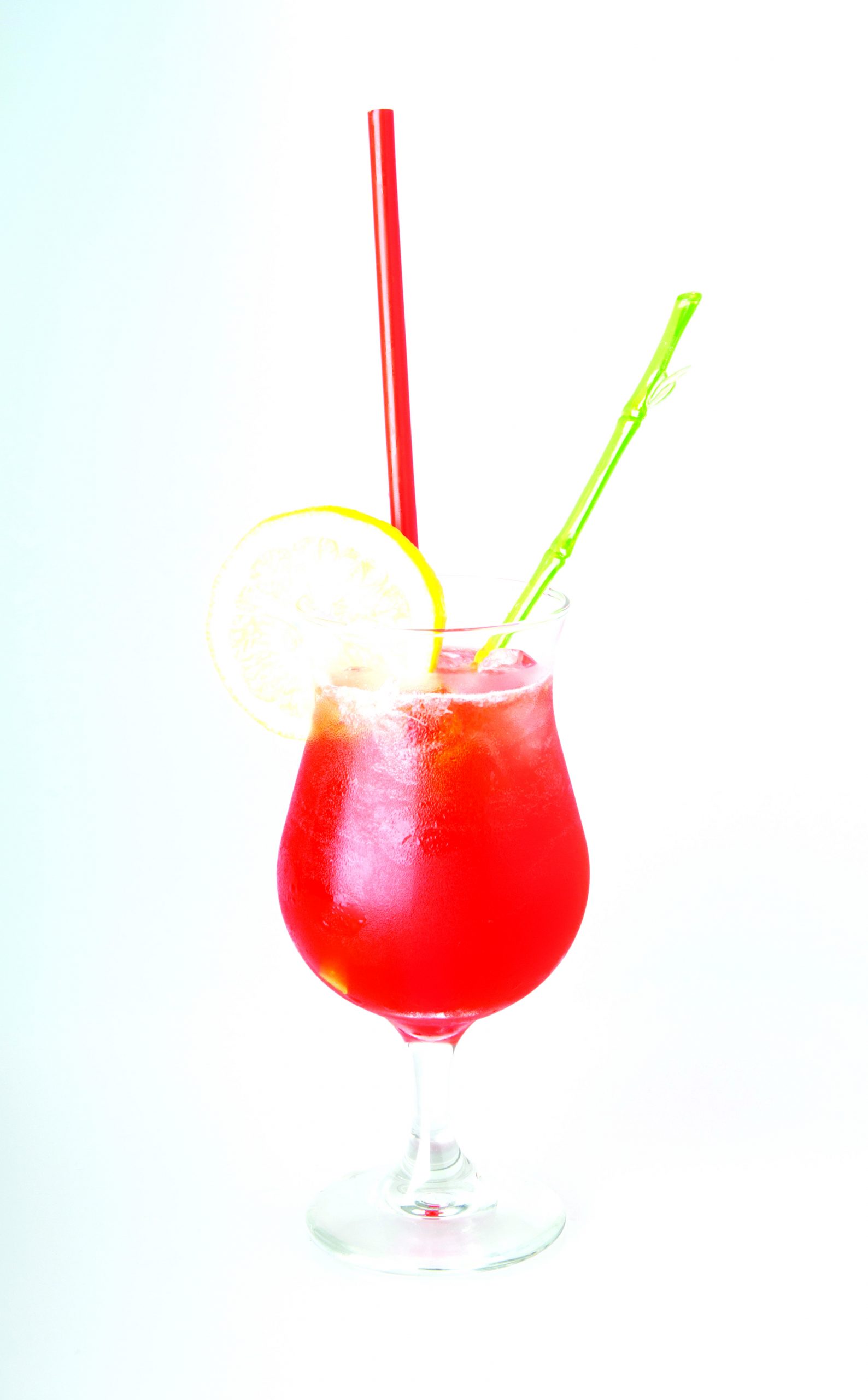 Ingredients
Ingredients
- 1 kg sugar
- ½ litre water
- 2 tbsp red raspberry colour
- 2 tsp rose essence
- 1 tsp kevada essence
- 50 gm paneer rose petals (washed well and soaked in water overnight)
Preparation guide
- Boil sugar and water in a pot. Continue to boil until solution becomes thick.
- Add colour and both essences.
- Add soaked paneer rose petals.
- Set aside for five hours.
- Seive and store in a bottle.
- Refrigerate to keep it longer.
- To use, dilute with water in the ratio 1:5.
- Squeeze half a lime into one glass of sherbet and serve chilled.
Lemon-mint punch
The Indian version of the mojito, this summer cooler has detoxifying, antiseptic and cleansing properties. It aids digestion and improves skin radiance.
Ingredients
- 1 glass plain soda
- 3 to 4 mint leaves
- ½ lime
- 1 pinch chaat masala
- 1 pinch black salt
- 2 tbsp sugar syrup
Preparation guide
- Take a tall glass, squeeze lime, crush pudina (mint leaves) and mash it in with the lime.
- Add chaat masala and black salt. Then mix with sugar syrup.
- Last, pour chilled soda, mix well and serve.





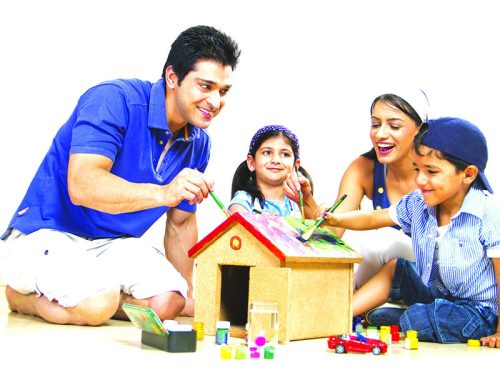











Add comment